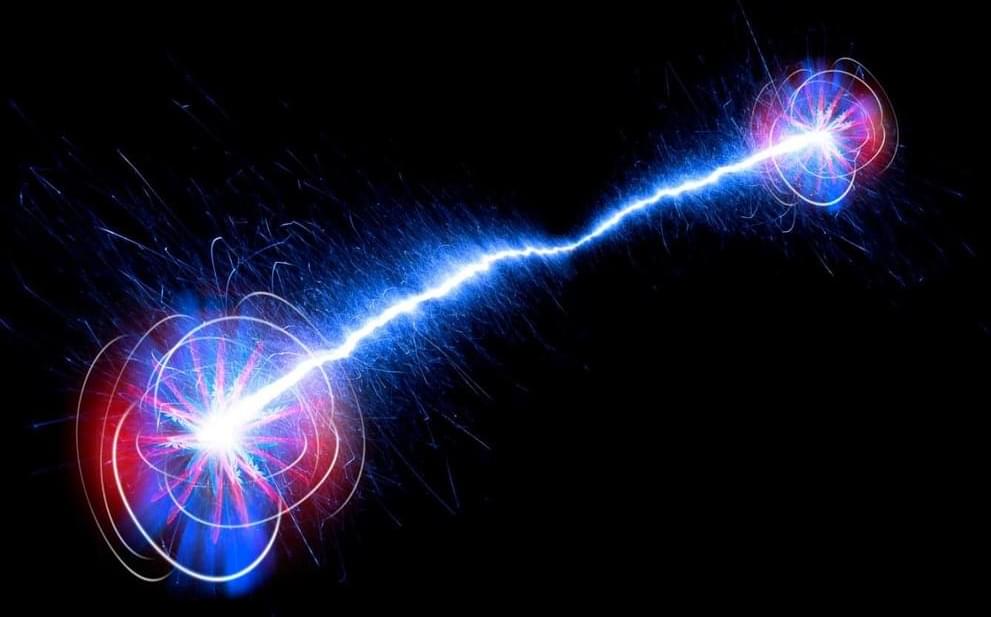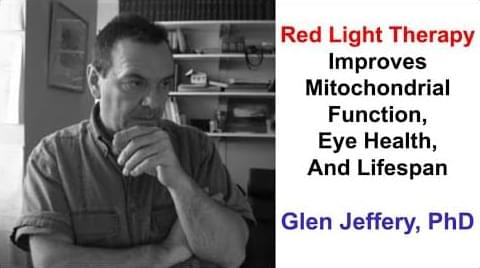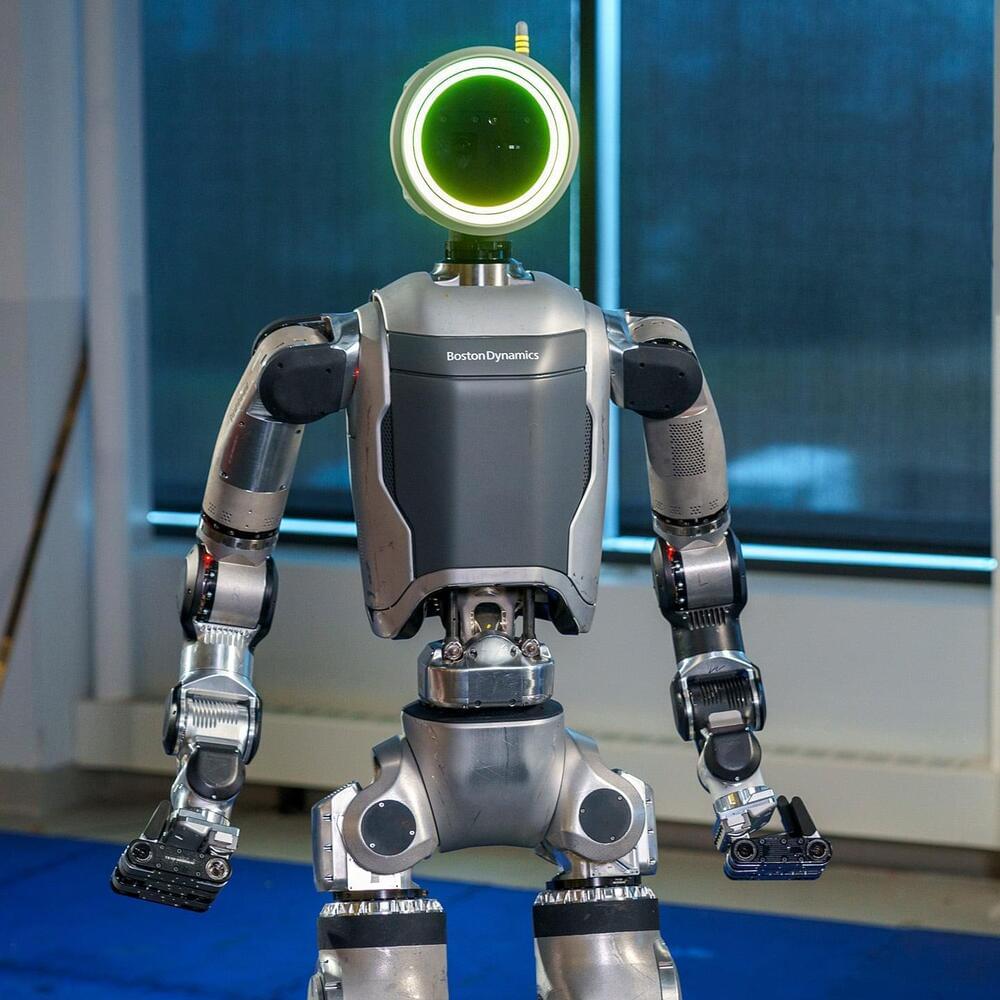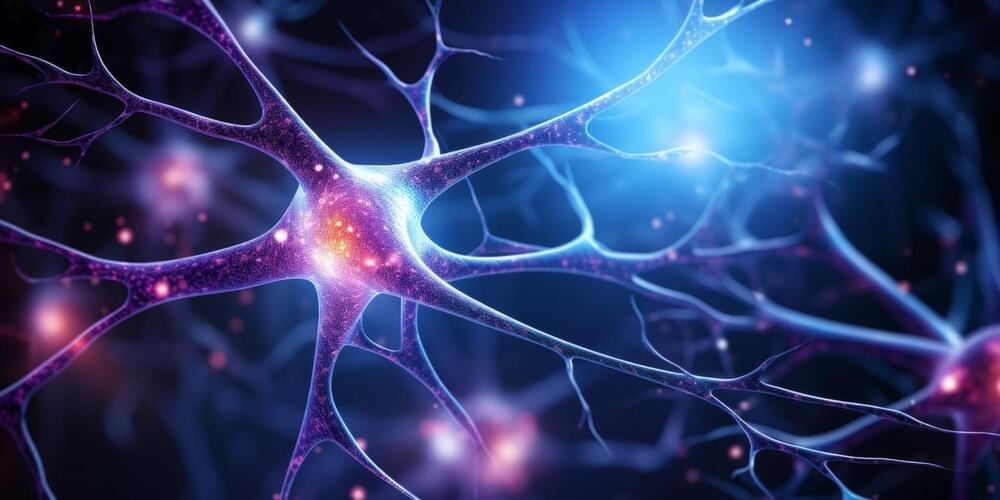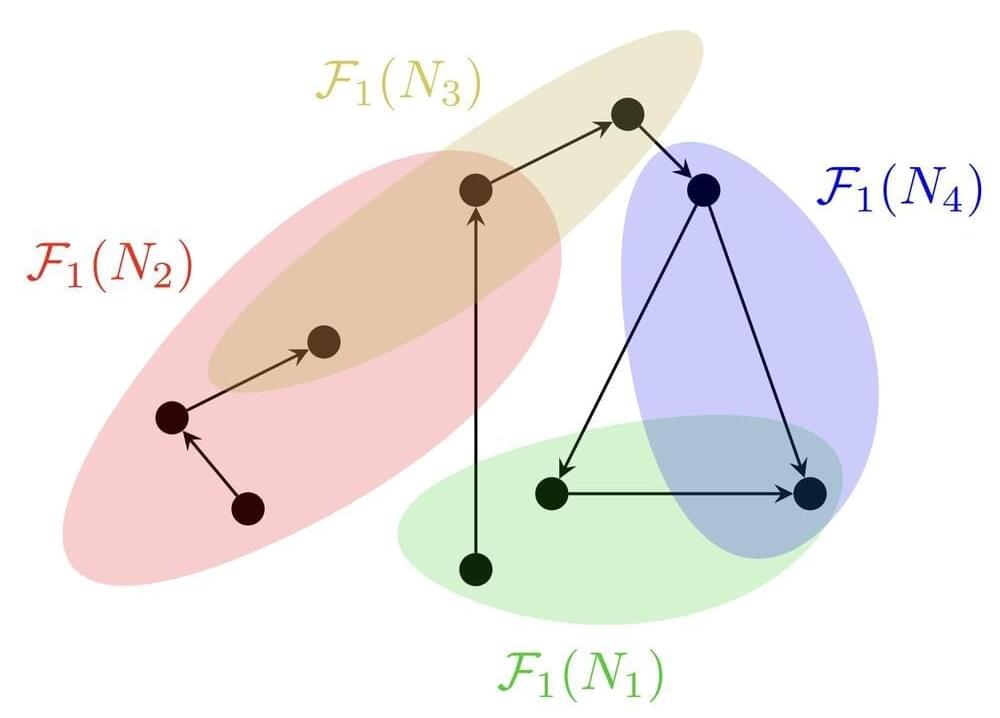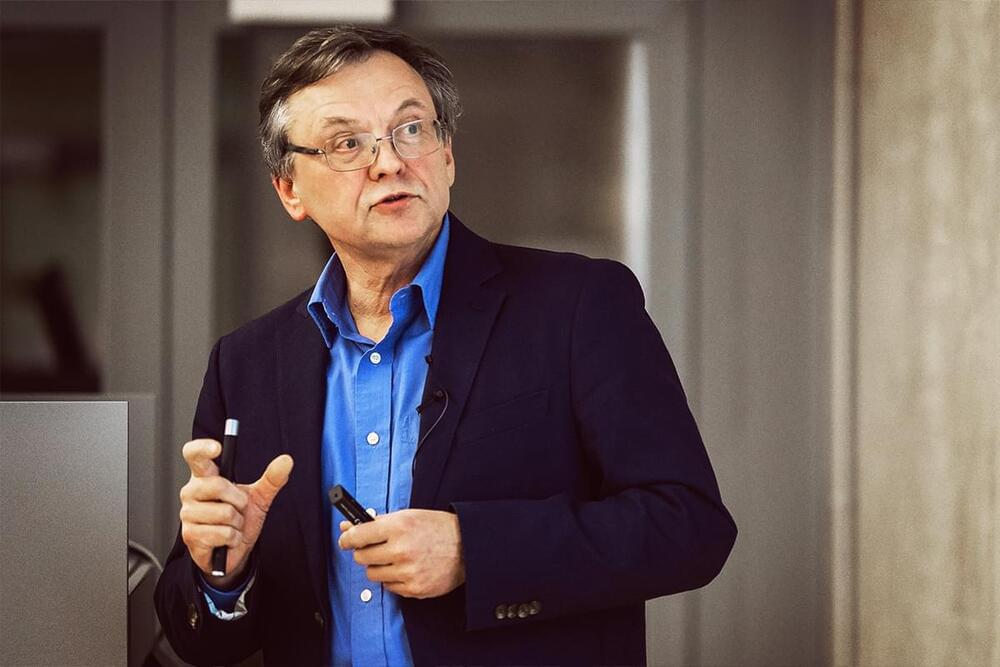A mathematical study finds that three definitions of what it means for entropy to increase, which have previously been considered equivalent, can produce different results in the quantum realm.
Enjoy the videos and music you love, upload original content, and share it all with friends, family, and the world on YouTube.
Seems interesting. But B.D. has fallen behind now, imo.
A new joint research agreement between Boston Dynamics and the Toyota Research Institute combines leading teams in robotics and AI.
A new study has found that the gene therapy COG-201, delivered through a nasal spray, can improve memory and decrease anxiety in animal models, offering a new approach to treating neurological conditions.
Bell’s theorem, the well-known theoretical framework introduced by John Bell decades ago, delineates the limits of classical physical processes arising from relativistic causality principles. These are principles rooted in Einstein’s theory of relativity, which dictate how cause and effect operate in the universe.
Some of the largest, most damaging breaches of 2024 already account for over a billion stolen records. Plus, some special shout-outs.
Innovative research from Vilnius University sheds light on how DNA methylation impacts cellular aging and healthspan.
Genetic testing company settles with plaintiffs over breach that was revealed when hacker published link to database labeled ‘ashkenazi DNA Data of Celebrities’
The breach, which occurred last October, affected more than 6.9 million customers and included users’ personal details such as their location, name and birthdate, as well as some information about their family trees. That data was shared on BreachForums, an online forum used by cybercriminals.
According to court documents, the data breach was revealed October 6 after a hacker going by the pseudonym Golem, a reference to the Jewish mythical defender made of clay, published a link to a database labeled ashkenazi DNA Data of Celebrities. According to the lawsuit, the hacker referred to the list as the most valuable data you’ll ever see, though most of the names were not famous.
Researchers at the University of Liverpool and collaborators have arrived at a new understanding of bacterial photosynthesis. Using novel techniques, investigators have unveiled intricate detailed images of the key photosynthetic protein complexes of purple bacteria. These images shed new light on how these microorganisms harness solar energy.
Tycho F. A. van der Ouderaa, Mark van der Wilk, Pim de Haan Imperial College London, University of Oxford, & Cusp AI 2024.
https://arxiv.org/abs/2410.08087 https://github.com/tychovdo/noethers-razor
https://twitter.com/tychovdo/status/1846491022227869
…
We’ve detected that JavaScript is disabled in this browser. Please enable JavaScript or switch to a supported browser to continue using x.com. You can see a list of supported browsers in our Help Center.
Terms of Service Privacy Policy Cookie Policy Imprint Ads info © 2024 X Corp.
